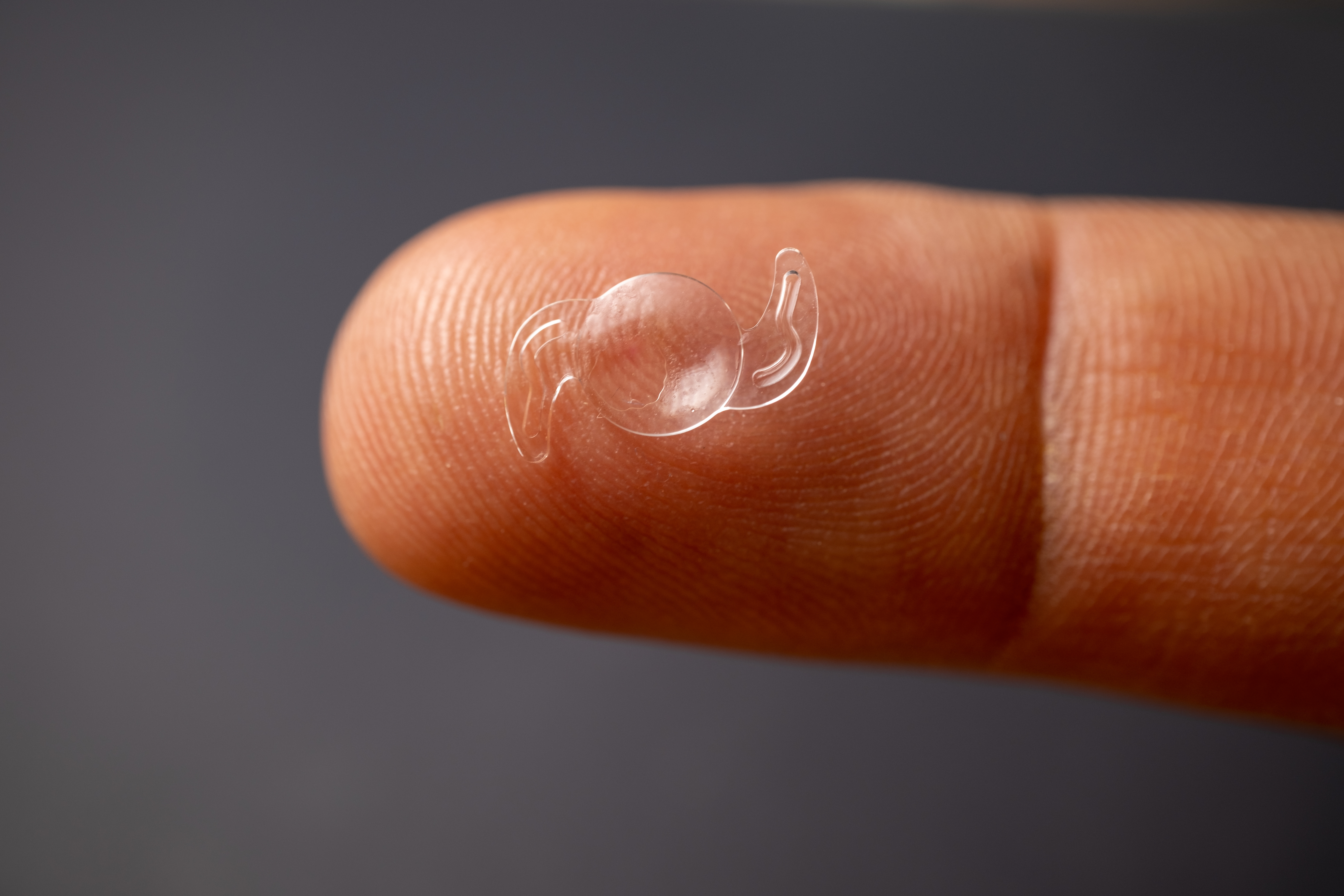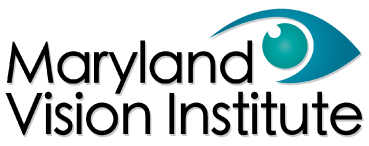What is Refractive Lens Exchange?
January 9, 2024
One of the most common age-related eye conditions is presbyopia. Presbyopia occurs when the naturally clear and flexible lens of the eye starts to become increasingly rigid, impairing the lens’ ability to focus on nearby objects.
Presbyopia is part of the eye’s natural aging process. It usually starts to develop after the age of forty and gets progressively worse as you age further.
While presbyopia can seem inevitable, there is a vision-correcting option that can prevent or correct presbyopia: refractive lens exchange, also called RLE. Keep reading to learn more about refractive lens exchange!
What is RLE?
RLE, which is sometimes known as Laser Lens Replacement or Clear Lens Exchange, is a procedure in which the natural lens of the eye is removed and replaced with an artificial intraocular lens (IOL). RLE is similar to cataract surgery, though the vision goals of the two procedures are very different.
During a RLE procedure, the advanced lasers used by your eye surgeon to remove the natural lens allow for precision that increases accuracy and minimizes recovery time. Once the lens has been removed, your surgeon will replace your natural lens with the IOL of your choice.
RLE is a relatively short procedure that takes about fifteen minutes per eye and can be performed right in our office. Often, RLE is performed on one eye at a time, with a week or two between procedures.
The immediate recovery time from RLE is about five to seven days for most people, after which they are able to resume their normal activities. The full results of RLE are typically realized within a few weeks following the procedure.
RLE surgeries have been successfully performed for many years and are extremely safe. An impressive ninety-five percent of RLE patients report high levels of satisfaction following the procedure.
Do you want to learn if you might be a good candidate for RLE?
What are My IOL Options?
At Maryland Vision Institute, we offer a variety of IOLs. One option to consider is the TECNIS Symfony IOL.
The Symfony is made of an ultraviolet light-absorbing material that allows you to see clearly at near, intermediate, and far ranges of vision. The Symfony is not only able to correct presbyopia and other common refractive errors, including near- and far-sightedness; it can also correct astigmatism.
Opting for this advanced IOL during your RLE procedure can give you both clear, crisp vision that lasts. The Symfony IOL is only one of the many advanced IOLs we offer.
Depending on your individual needs, these lenses can help you meet your vision goals without further reliance on corrective eyewear.
How Do I Know if RLE is Right for Me?
 Deciding to correct your vision with RLE often depends on your ultimate vision goals. These goals can be different for different individuals.
Deciding to correct your vision with RLE often depends on your ultimate vision goals. These goals can be different for different individuals.
RLE can be the right option if you are over the age of forty and your vision is already starting to be significantly affected by presbyopia. While some people do not mind using readers to focus on text or objects up close, other people may find them inconvenient to wear.
RLE is also an excellent choice for people who are looking to correct their vision but are not good candidates for other procedures like LASIK or photorefractive keratectomy (PRK). Conditions like dry eye syndrome or thin corneas do not disqualify people from being good candidates for RLE.
If you are looking to prevent a future refractive error from affecting your clear, glasses-free eyesight, RLE is one of the best ways to achieve lasting clear vision. Another benefit of RLE is that you will never have to worry about developing cataracts since your natural lens will be removed.
What Makes Someone a Good Candidate for RLE?
The best candidates for an RLE procedure are individuals over the age of forty with an eye prescription that has been stable for at least six months. A good candidate must also have healthy eyes and no history of certain eye conditions.
You may not be eligible for RLE if any of the following apply to you:
- You have an eye disease that affects your corneas
- You are at a high risk for retinal detachment
- You suffer from an existing eye disease, including age-related macular degeneration or diabetic retinopathy
Your eye doctor at Maryland Vision Institute will help determine whether or not RLE may be a good option for your vision goals and eyes.
Do you want to learn if you might be a good candidate for RLE?
Is RLE Covered by My Insurance?
Because it is considered an elective procedure, RLE is not usually covered by most medical or vision insurance plans. However, the investment you make in your clear eyesight with RLE can really save you money over time.
If you add up the costs of buying and maintaining glasses or contact lenses over the course of many years, the one-time cost of RLE can be far less expensive than paying for a lifetime of other vision-correcting options.
 How Long Does RLE Last?
How Long Does RLE Last?
RLE is a permanent solution to presbyopia and other refractive errors, including astigmatism. Once you have corrected your vision with RLE, you will not have to replace or further maintain your artificial IOL.
If the idea of relying on reading glasses to see clearly close-up makes you start to feel your age, RLE can help you avoid readers and enjoy a lifetime of high-quality vision!
Do you want to learn if RLE may be right for you? Schedule an appointment at Maryland Vision Institute in Frederick, Hancock, or Hagerstown, MD, today!



